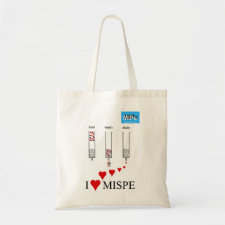
Authors: Li HF, Xie T, Ye LL, Wang YW, Xie CG
Article Title: Core-shell magnetic molecularly imprinted polymer nanoparticles for the extraction of triazophos residues from vegetables.
Publication date: 2017
Journal: Microchimica Acta
Volume: 184
Issue: (4)
Page numbers: 1011-1019.
DOI: 10.1007/s00604-017-2096-4
Abstract: The authors report on a surface molecular imprinting strategy for synthesizing magnetic and molecularly imprinted core-shell polymer nanoparticles (MMIPs) with a typical size of 320 nm. The triazophos-imprinted polymer shell on 180-nm magnetite particles (modified with 3-methacryloxypropyl trimethoxysilane) was obtained by radical polymerization of ethylene glycol dimethacrylate in the presence of triazophos, this followed by extractive removal of triazophos. The resulting MMIPs possess large binding capacity, high recognition selectivity, and fast binding kinetics for triazophos. They can be easily separated from a solution by using a magnet. These features result in a convenient and selective solid-phase extraction procedure for triazophos prior to its determination by UV spectrometry or by GC analysis. The method was successfully applied to the extraction and clean-up of triazophos residues in spiked homogenates of vegetables with recoveries in the range of 89.2 ~ 99.0%. The detection limits for triazophos by the UV assay and GC assay are 0.93 nM and 0.32 nM, respectively
Template and target information: triazaphos
Author keywords: food analysis, gas chromatography, Magnetite nanoparticles, molecular recognition, magnetic separation, Solid-phase extraction, Clorpyrifos, Methyl parathion, Fenthion, Phosmet



Join the Society for Molecular Imprinting

New items RSS feed
Sign-up for e-mail updates:
Choose between receiving an occasional newsletter or more frequent e-mail alerts.
Click here to go to the sign-up page.
Is your name elemental or peptidic? Enter your name and find out by clicking either of the buttons below!
Other products you may like:
 MIPdatabase
MIPdatabase









